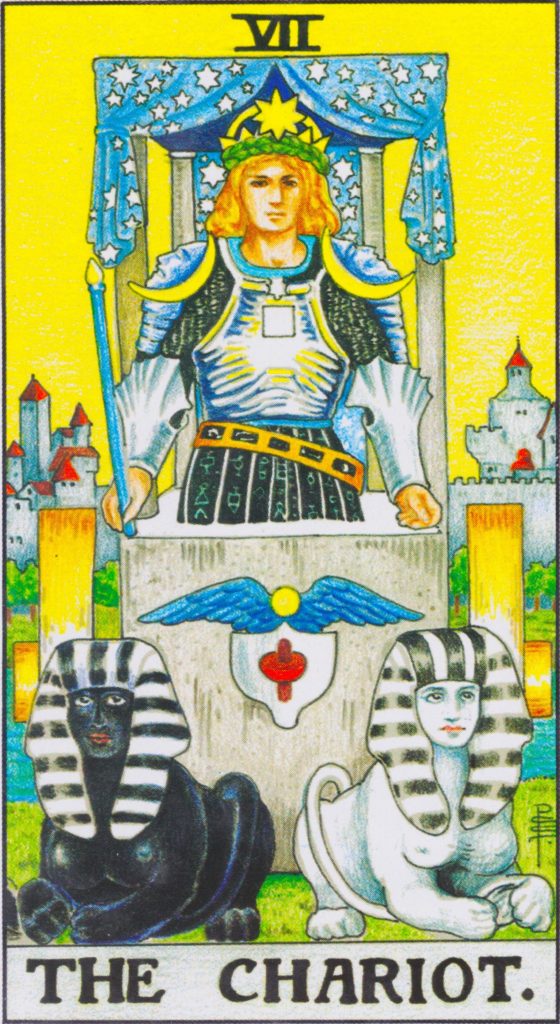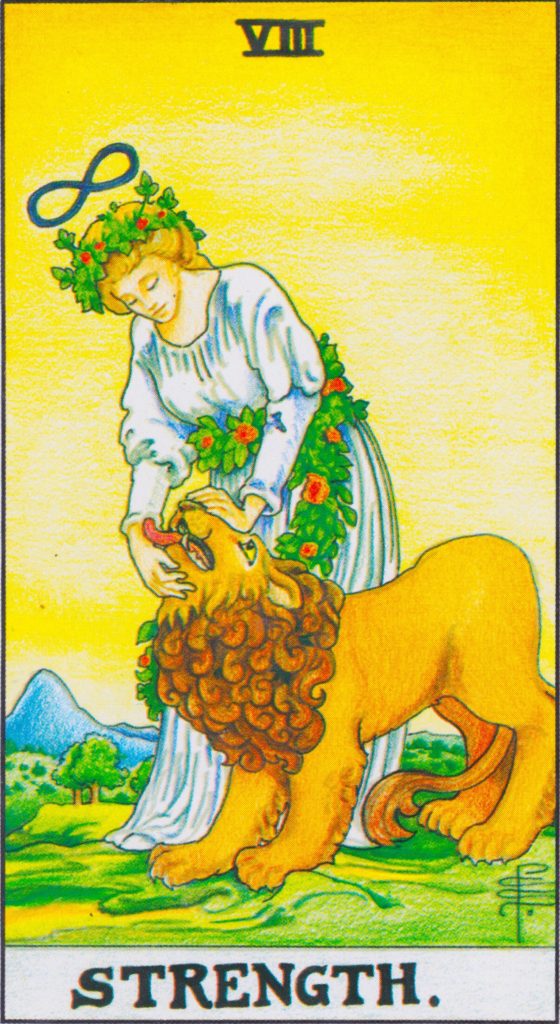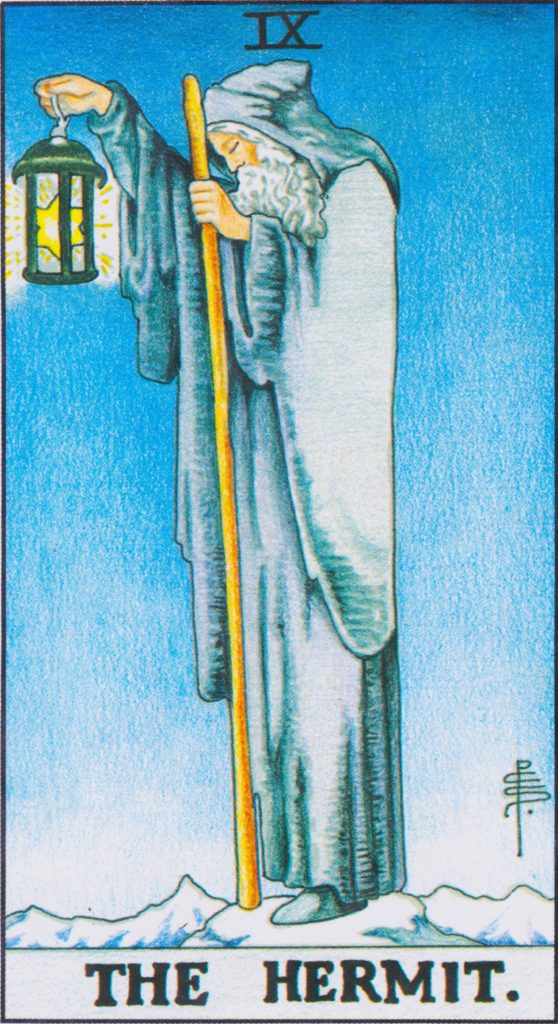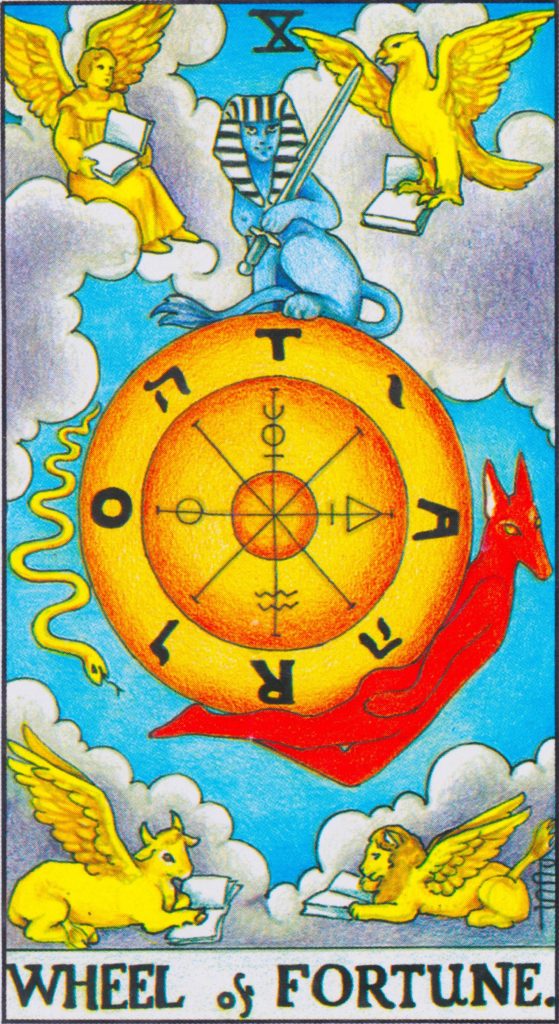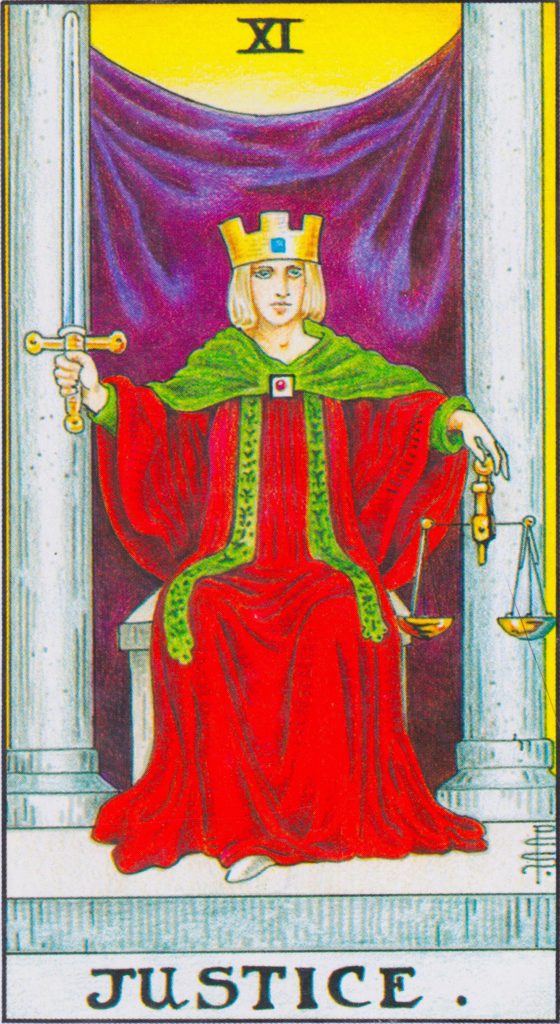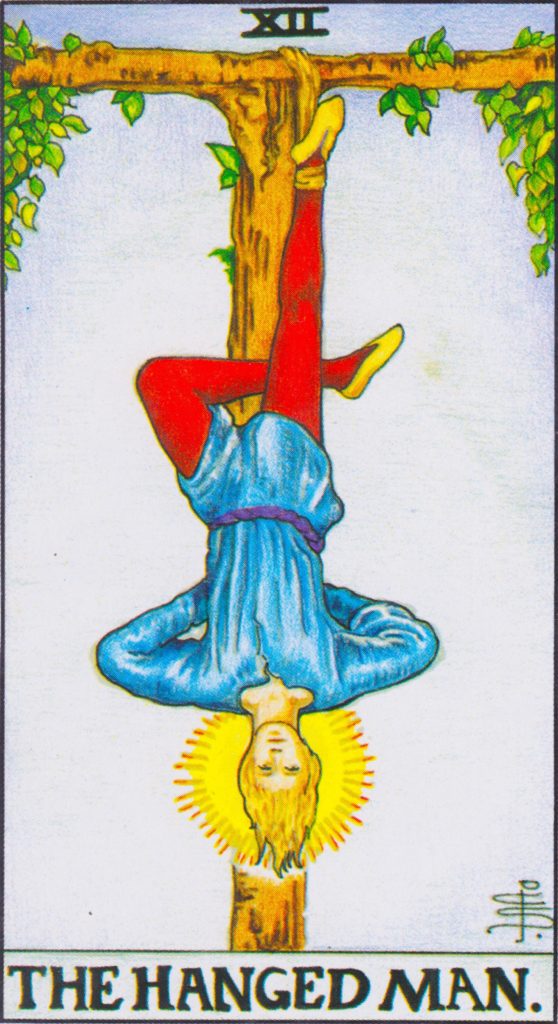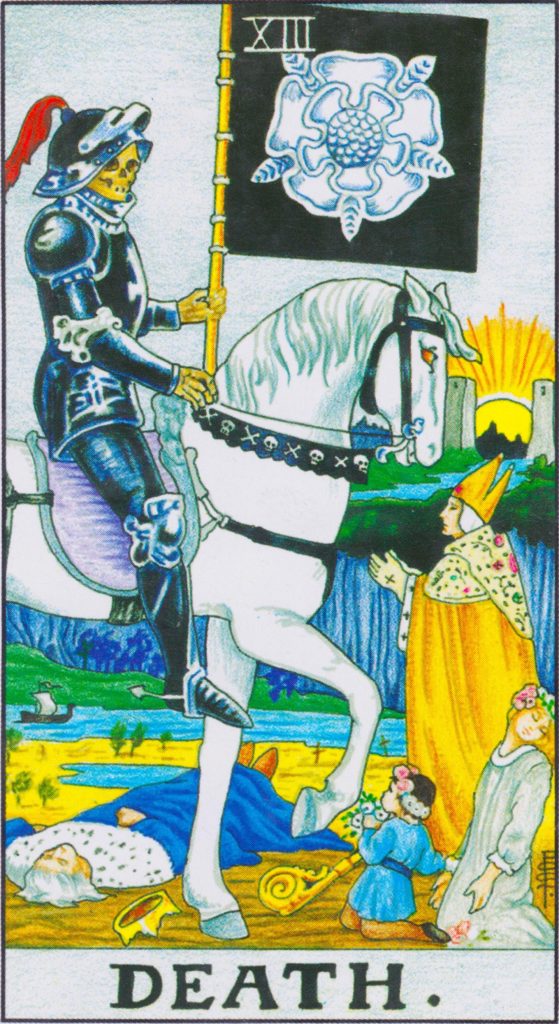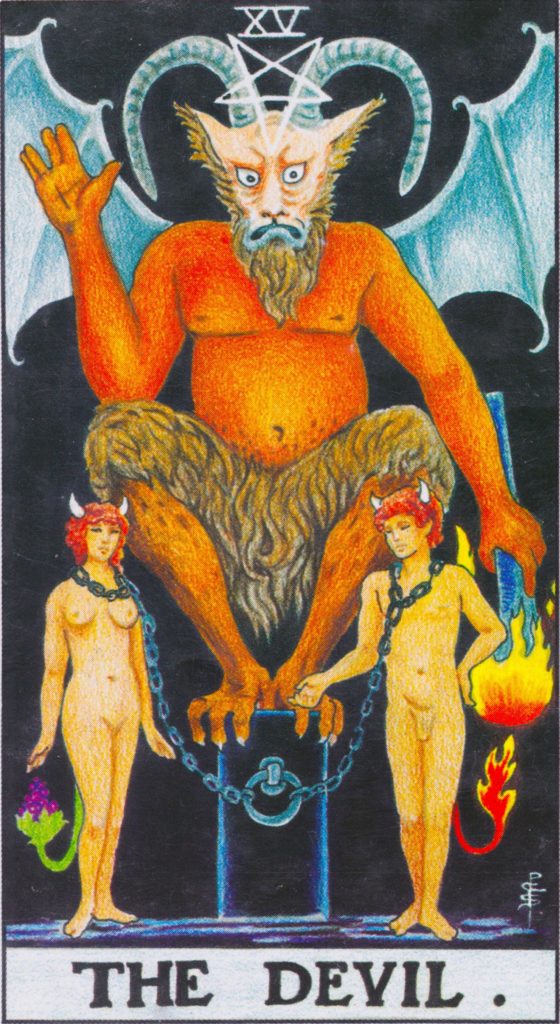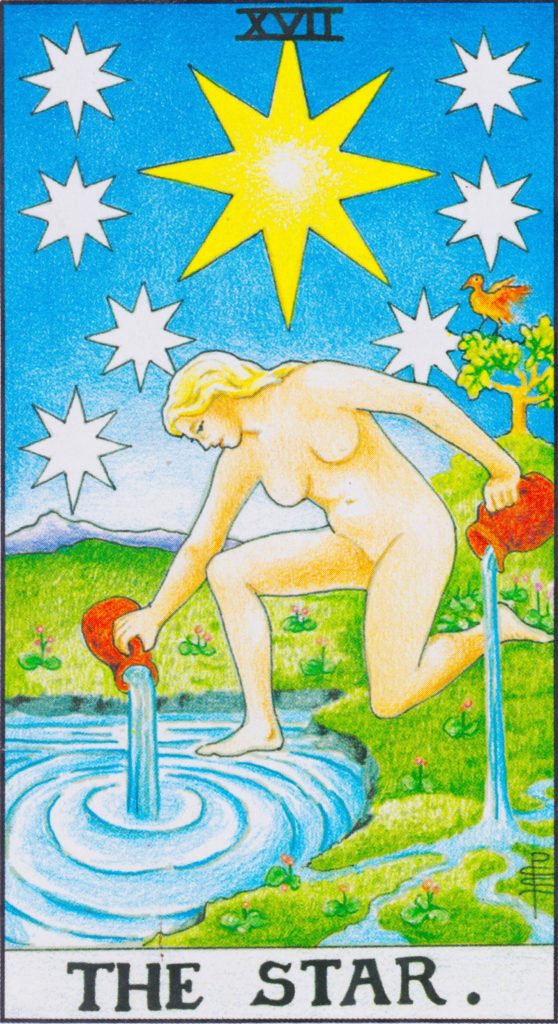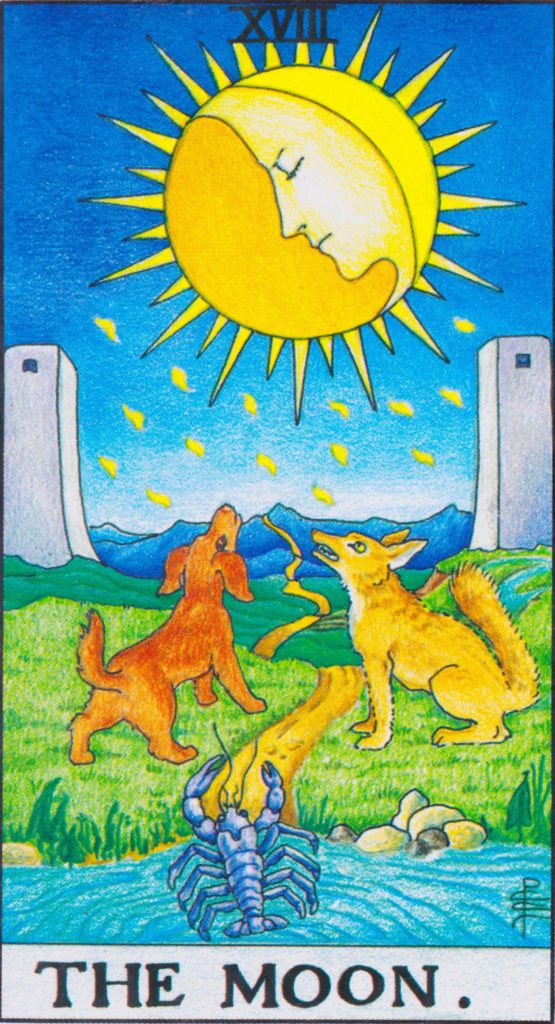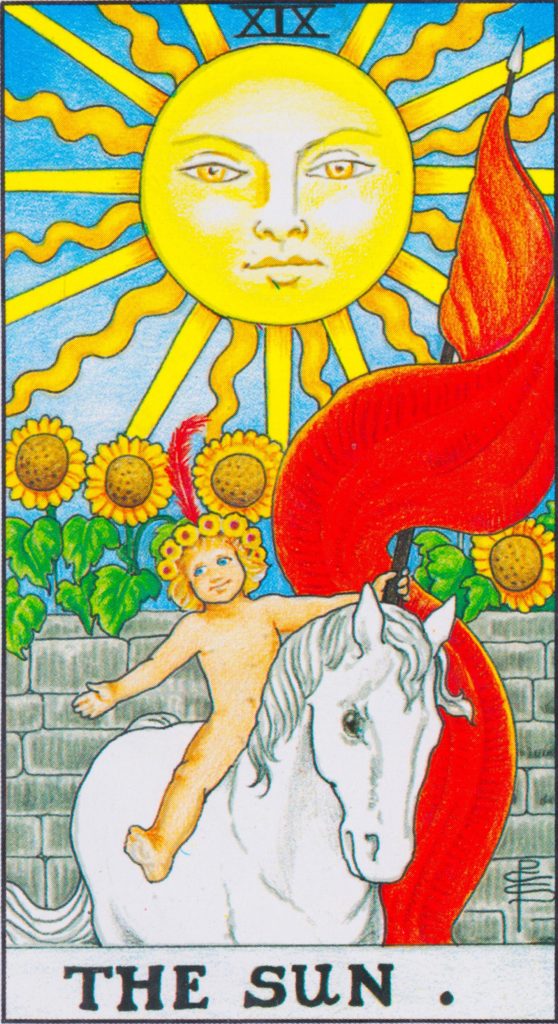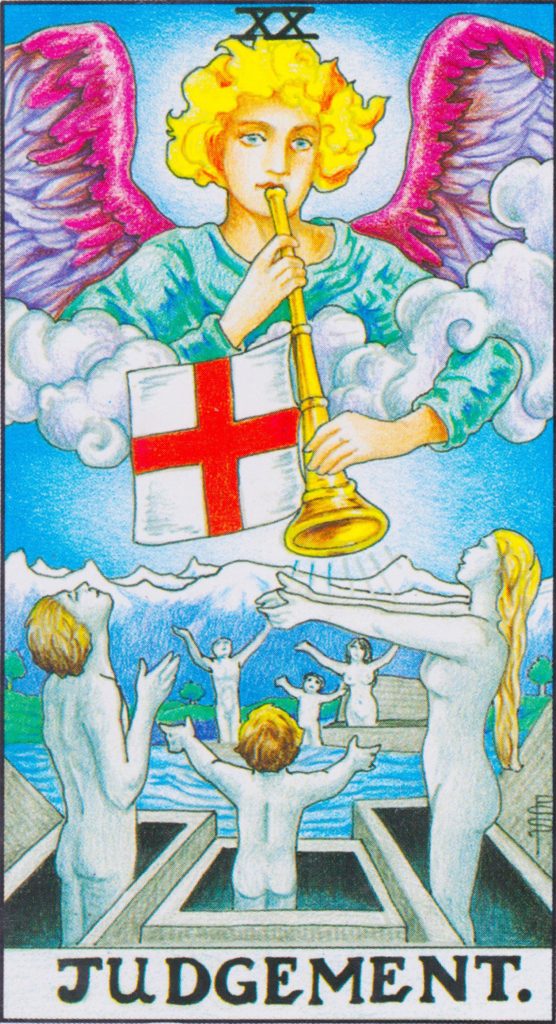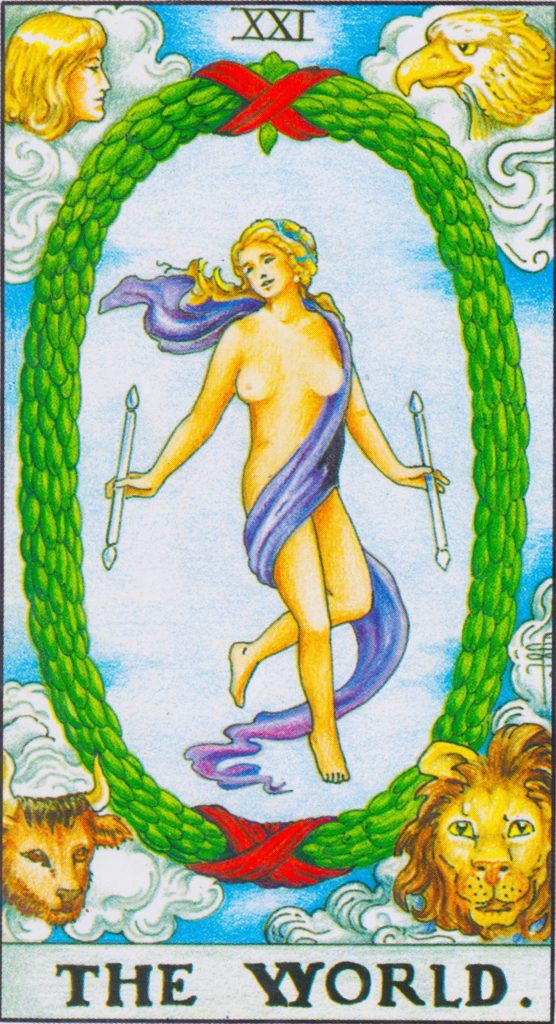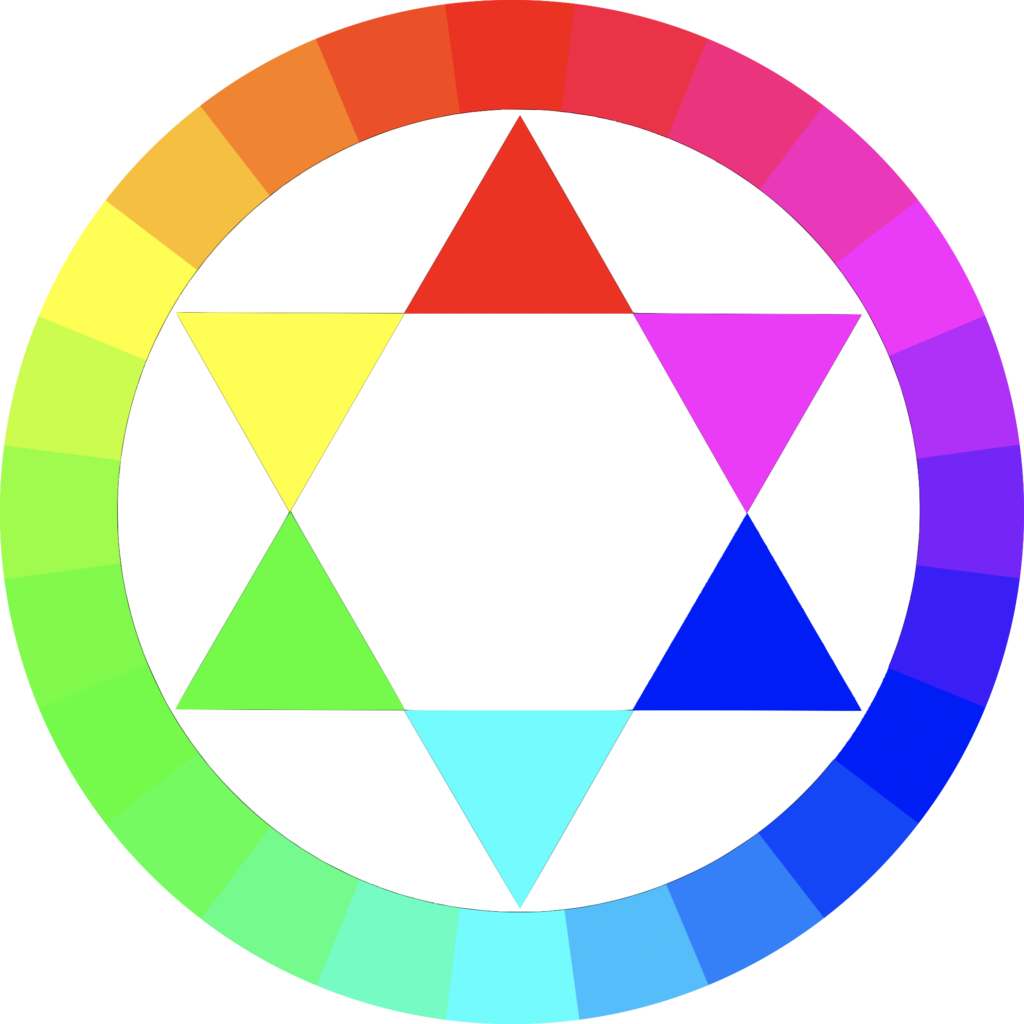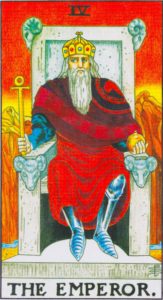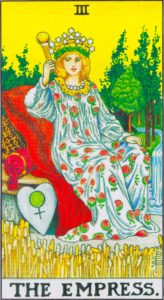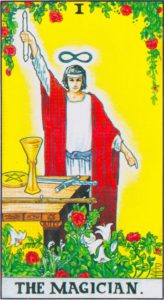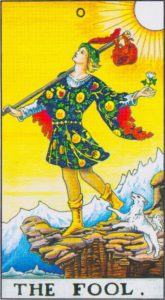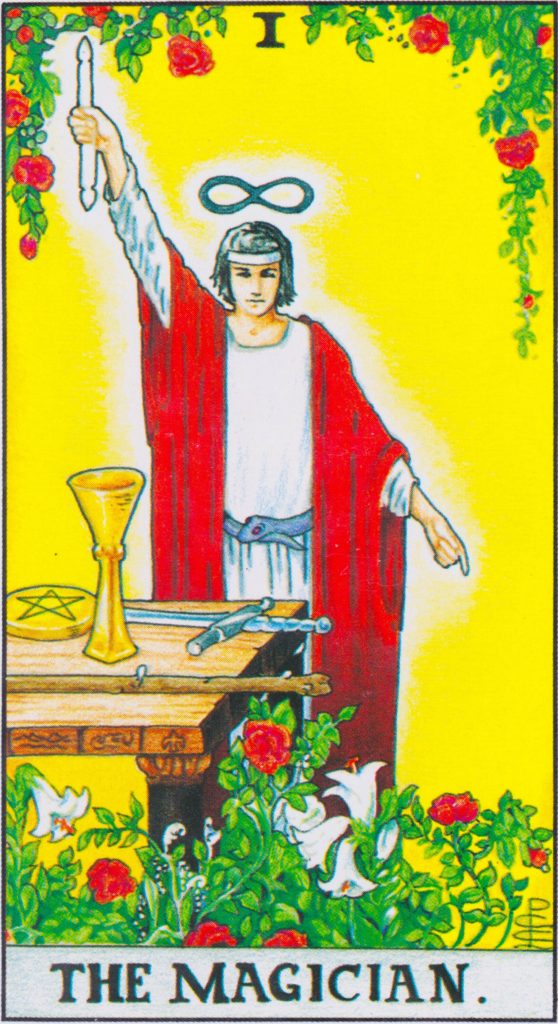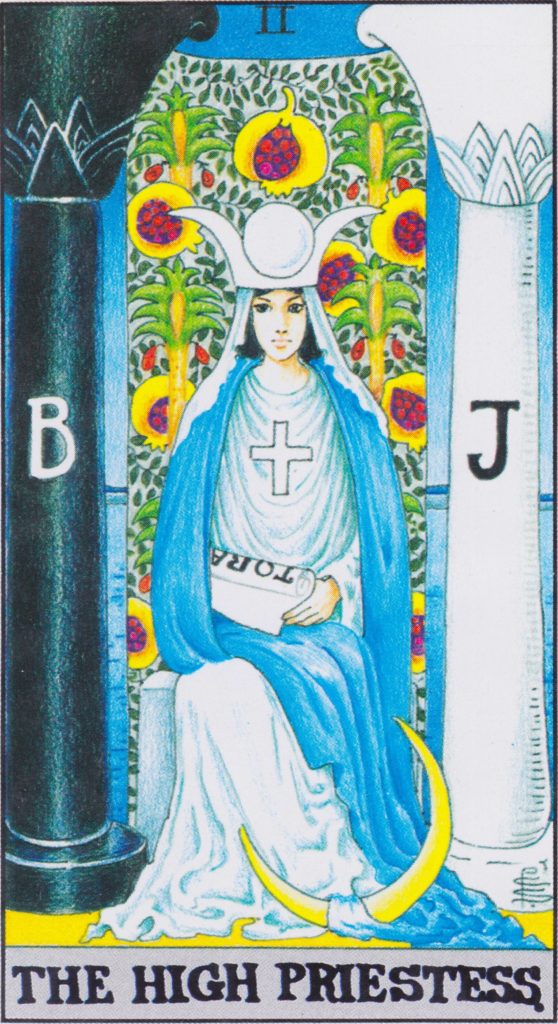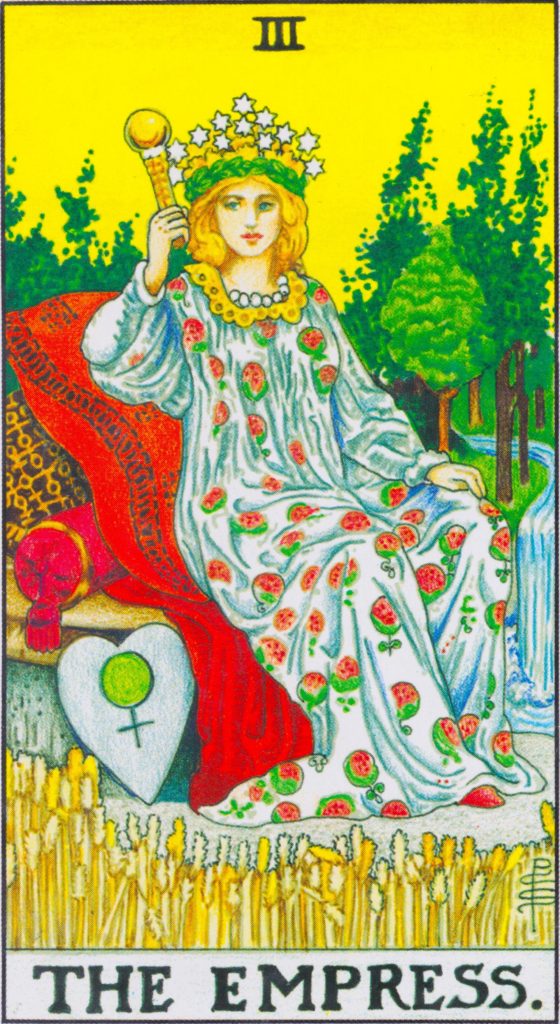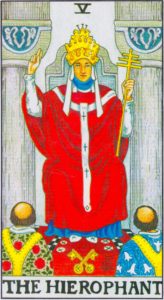
Blog
Tarot Unveiled
The Royal Road to Wisdom
The Devil’s Playing Cards! Seriously? That is how I was raised and is probably the main reason why more Truth Seekers have not already dived into the meaning of the Cards. Over the next several weeks, I will be presenting slides of all the spiritual modalities and symbolism contained within the cards. Be your own judge. Yes, the Tarot is a powerful tool of divination to help the higher aspects of your Spirit express its will in the Physical Universe, but it is also a tool to learn the Hidden Teaching.
“An imprisoned person with no other book than the Tarot, if he knew how to use it, could in a few years acquire universal knowledge, and would be able to speak on all subjects with unequalled learning and inexhaustible eloquence.”
Eliphas Levi, Transcendental Magic.
Authorities differ widely concerning the Tarot and the purpose for which they were intended, and the time of their introduction into Europe.
In The Researches into the History of Playing Cards, Samuel Weller Singer advances the opinion that [Taro] reached Southern Europe from India by way of Arabia. It is probable that the Tarot cards were part of the magical and philosophical lore secured by the Knights Templars from the Saracens or one of the mystical sects then flourishing in Syria. Returning to Europe, the Templars, avoiding persecution, concealed the arcane meaning of the symbols by introducing the leaves of their magical book ostensibly as a device for amusement and gambling.
In support of this contention, Mrs. John King Van Rensselaer states: “That cards were brought by the home-returning warriors, who imported many of the newly acquired customs and habits of the Orient to their own countries, seems to be a well-established fact; and it does not contradict the statement made by some writers who declared that the gypsies—who about that time began to wander over Europe—brought with them and introduced cards, which they used, as they do at the present day, for divining the future.” (See The Devil’s Picture Books.)
The Tarot cards may be traced back through the Gypsies to the religious symbolism of the ancient Egyptians. In Samuel Roberts work, The Gypsies, he presents ample proof of their Egyptian origin. After the destruction of the Serapeum in Alexandria (an Egyptian name for the temple of Osiris-Apis), the large body of attendant priests banded themselves together to preserve the secrets of the rites of Serapis. Their descendants (Gypsies) carrying with them the most precious of the volumes saved from the burning library—the Book of Enoch, or Thoth (the Tarot)—became wanderers upon the face of the earth, remaining a people apart with an ancient language and a birthright of magic and mystery. (Hall, Manly P.. The Secret Teachings of All Ages.)
Count de Gébelin believed the word Tarot itself to be derived from two Egyptian words, Tar, meaning “road,” and Ro, meaning “royal.” Thus, the Tarot constitutes the royal road to wisdom. (See Le Monde Primitif.)
The Tarot is undoubtedly a vital element in Rosicrucian symbolism, possibly the very book of universal knowledge which the members of the order claimed to possess. The Rota Mundi is a term frequently occurring in the early manifestoes of the Fraternity of the Rose Cross. The word Rota by a rearrangement of its letters becomes Taro, the ancient name of these mysterious cards. (Hall, Manly P.. The Secret Teachings of All Ages.)
Many symbols appearing upon the Tarot cards have definite Masonic interest. The
- Pythagorean numerologist will also find an important relationship to exist between the numbers on the cards and the designs accompanying the numbers.
- The Kabbalist will be immediately impressed by the significant sequence of the cards.
- The Alchemist will discover certain emblems meaningless save to one versed in the divine chemistry of transmutation and regeneration.
- The Greeks placed the letters of their alphabet—with their corresponding numbers—upon the various parts of the body of their humanly represented Logos, so the Tarot cards have an analogy not only in the parts and members of the universe but also in the divisions of the human body. They are in fact the key to the magical constitution of man.
The Tarot cards must be considered
(1) Separate and complete hieroglyphs, each representing a distinct principle, law, power, or element in Nature;
(2)in relation to each other as the effect of one agent operating upon another; and
(3)as vowels and consonants of a philosophic alphabet.
“The laws governing all phenomena are represented by the symbols upon the Tarot cards, whose numerical values are equal to the numerical equivalents of the phenomena. As every structure consists of certain elemental parts, so the Tarot cards represent the components of the structure of philosophy. Irrespective of the science or philosophy with which the student is working, the Tarot cards can be identified with the essential constituents of his subject, each card thus being related to a specific part according to mathematical and philosophical laws.”
Manly P. Hall
We will begin with the Tarot Trump Cards by posting a blog weekly outlining the a cards symbolism. The interactive cards below will link you to the corresponding blogs. Enjoy!
Published
Next post, The High Priestess” coming first week of February. Please share this post with any friends that you feel would be interested!
Interactive Trump Cards. Remember a card won't work until a post is created. Stay tuned!!

